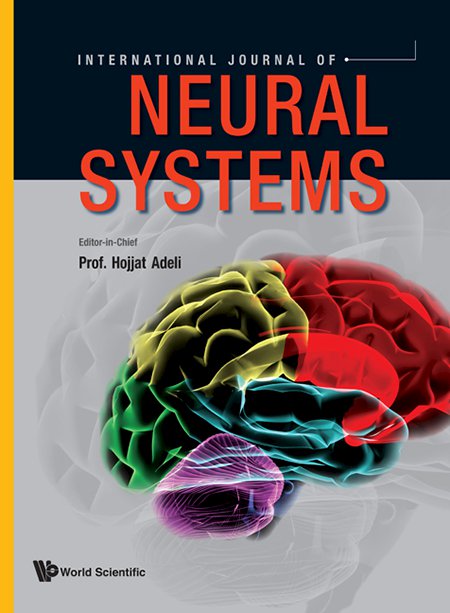Automated Interictal Epileptiform Discharge Detection From Scalp EEG Using Scalable Time-series Classification Approaches
IF 6.4
2区 计算机科学
Q1 COMPUTER SCIENCE, ARTIFICIAL INTELLIGENCE
引用次数: 2
Abstract
Deep learning for automated interictal epileptiform discharge (IED) detection has been topical with many published papers in recent years. All existing work viewed EEG signals as time-series and developed specific models for IED classification; however, general time-series classification (TSC) methods were not considered. Moreover, none of these methods were evaluated on any public datasets, making direct comparisons challenging. This paper explored two state-of-the-art convolutional-based TSC algorithms, InceptionTime and Minirocket, on IED detection. We fine-tuned and cross-evaluated them on two private and public (Temple University Events - TUEV) datasets and provided ready metrics for benchmarking future work. We observed that the optimal parameters correlated with the clinical duration of an IED and achieved the best AUC, AUPRC and F1 scores of 0.98, 0.80 and 0.77 on the private datasets, respectively. The AUC, AUPRC and F1 on TUEV were 0.99, 0.99 and 0.97, respectively. While algorithms trained on the private sets maintained the performance when tested on the TUEV data, those trained on TUEV could not generalise well to the private data. These results emerge from differences in the class distributions across datasets and indicate a need for public datasets with a better diversity of IED waveforms, background activities and artifacts to facilitate standardisation and benchmarking of algorithms.基于可扩展时间序列分类方法的头皮脑电图间期癫痫样放电自动检测
近年来,深度学习用于癫痫样放电(IED)自动检测一直是许多已发表论文的热门话题。所有现有的工作都将EEG信号视为时间序列,并开发了IED分类的特定模型;然而,没有考虑一般的时间序列分类(TSC)方法。此外,这些方法都没有在任何公共数据集上进行评估,这使得直接比较具有挑战性。本文探讨了两种最先进的基于卷积的TSC算法,InceptionTime和Minirocket,用于IED检测。我们在两个私人和公共(坦普尔大学活动-TUEV)数据集上对它们进行了微调和交叉评估,并为未来的工作基准提供了现成的指标。我们观察到,最佳参数与IED的临床持续时间相关,并在私人数据集上获得了最佳AUC、AUPRC和F1得分,分别为0.98、0.80和0.77。TUEV的AUC、AUPRC和F1分别为0.99、0.99和0.97。虽然在私有集上训练的算法在TUEV数据上测试时保持了性能,但在TUEV上训练的那些算法不能很好地推广到私有数据。这些结果源于数据集之间类别分布的差异,表明需要具有更好多样性的IED波形、背景活动和工件的公共数据集,以促进算法的标准化和基准测试。
本文章由计算机程序翻译,如有差异,请以英文原文为准。
求助全文
约1分钟内获得全文
求助全文
来源期刊

International Journal of Neural Systems
工程技术-计算机:人工智能
CiteScore
11.30
自引率
28.80%
发文量
116
审稿时长
24 months
期刊介绍:
The International Journal of Neural Systems is a monthly, rigorously peer-reviewed transdisciplinary journal focusing on information processing in both natural and artificial neural systems. Special interests include machine learning, computational neuroscience and neurology. The journal prioritizes innovative, high-impact articles spanning multiple fields, including neurosciences and computer science and engineering. It adopts an open-minded approach to this multidisciplinary field, serving as a platform for novel ideas and enhanced understanding of collective and cooperative phenomena in computationally capable systems.
 求助内容:
求助内容: 应助结果提醒方式:
应助结果提醒方式:


